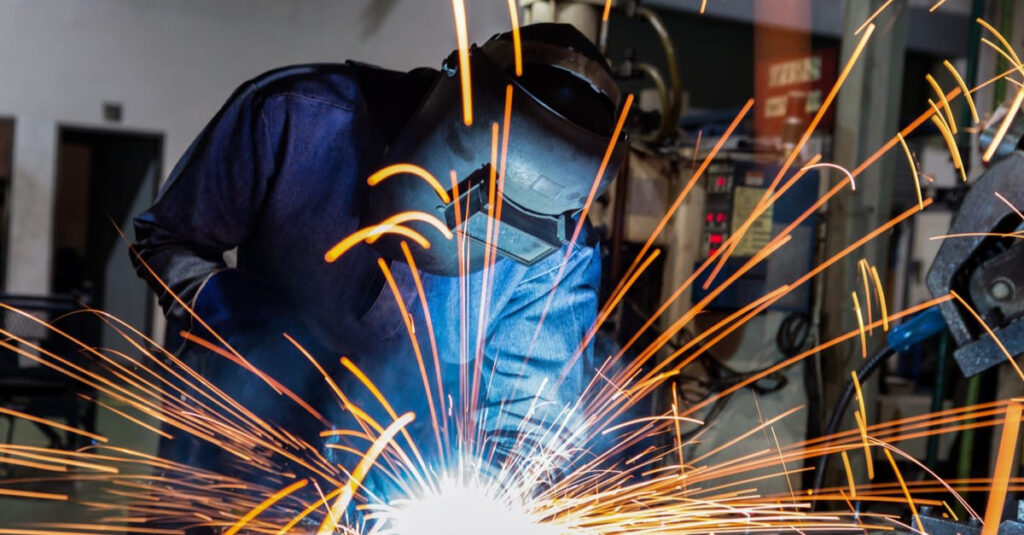Your Go-To Resource Hub for Skilled Labor Insights
NSC recently announced the consolidation of its six individual businesses into a single, unified brand known as NSC, The Skilled Staffing Experts™. This consolidation aims to enhance our ability to…
Maintenance mechanics are responsible for inspecting, fixing, and maintaining equipment in a place of business. In recent years, much of the equipment these professionals are responsible for has become more…
Maintenance mechanics are responsible for inspecting, fixing, and maintaining equipment in a place of business. In recent years, much of the equipment these professionals are responsible for has become more…
Warehouse work is typically done wearing boots and jeans, so it only makes sense to wear them to an interview, right? Well, if you want to maximize your chances of…
As a job seeker in the trade industry, you may have considered different avenues to evaluate potential new roles. Maybe you have scoured Indeed and other online job sites, or…
The diverse shipyard builds and repairs naval vessels, commercial vessels, and container ships with over 1,300 contingent laborers working at any given time. NSC increased the client’s speed and volume…
For a business to grow, it typically requires certain functions to do so—technology, processes, and perhaps most importantly, people. Staffing your organization is one of the most important ways to…
After spending time serving their country, many veterans are eager to return to civilian life, which often means re-entering the workforce. However, many get stuck when it comes to where…
When you work with a recruiter to find a construction job, you increase your chances of finding a position that suits your career and personal needs. If you are skeptical…
A workplace where diversity is valued is the tip of the iceberg when creating an environment that fosters inclusivity. The two terms often are used interchangeably, but where diversity ends,…
Let’s Stay Connected
Follow NSC to stay updated with the latest industry news, career tips, success stories, and exclusive insights. Be the first to know about exciting opportunities and events, and connect with other passionate members of our thriving skilled labor community.









